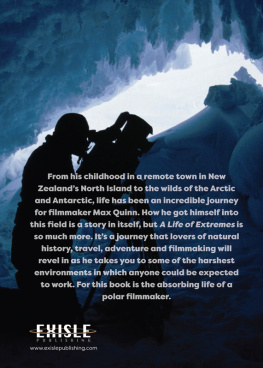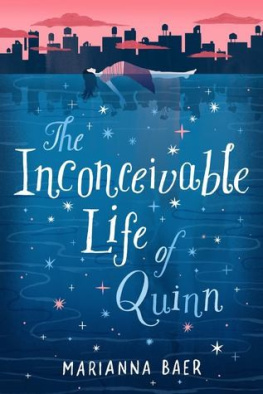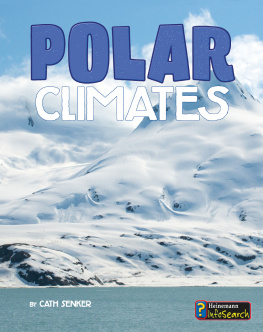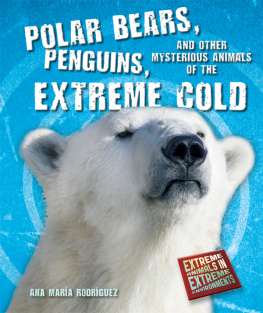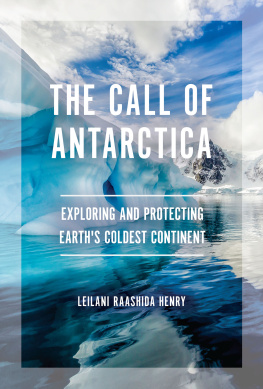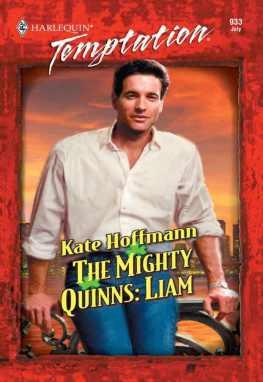Page List

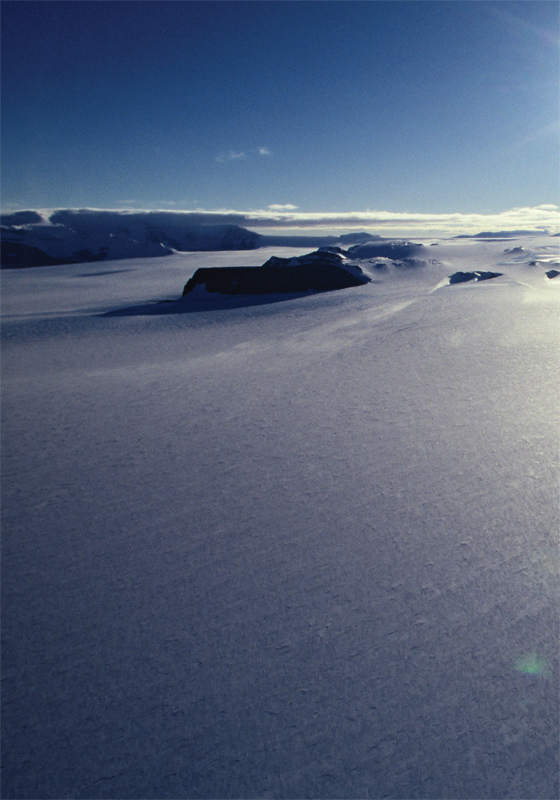

First published 2020
Exisle Publishing Pty Ltd
226 High Street, Dunedin, 9016, New Zealand
PO Box 864, Chatswood, NSW 2057, Australia
www.exislepublishing.com
Copyright 2020 in text: Max Quinn
Copyright 2020 in photographs: as credited with each photo and in acknowledgements on
Max Quinn asserts the moral right to be identified as the author of this work.
All rights reserved. Except for short extracts for the purpose of review, no part of this book may be reproduced, stored in a retrieval system or transmitted in any form or by any means, whether electronic, mechanical, photocopying, recording or otherwise, without prior written permission from the publisher.
A CiP record for this book is available from the National Library of New Zealand.
Print ISBN 978-1-77559-432-1
ePub ISBN 978-1-77559-471 0
Designed by Nick Turzynski, redinc. Book Design, www.redinc.co.nz
Typeset in Newzald Book 12/15
Cover: The author outside the Cape Crozier hut in minus 40-degree temperatures after returning from midwinter filming in 1991. Don Anderson
Back cover: The author filming in Erebus ice tongue cave. Don Anderson
Inside front flap: The author checking out a low angle of the emperor penguins of Cape Crozier, November 1991. Antarctica New Zealand/Yvonne Martin
Inside back flap: The author on the deck of research vessel Tangaroain an ice-strewn Ross Sea. Stacey Mulgrew
Half title page: The author in Antarctica, 1991. Kim Westerskov
Title page: Antarctica is the highest, driest, coldest and windiest continent on earth. Jeanie Ackley
For Nick and Cate.
This is what Granddad did.
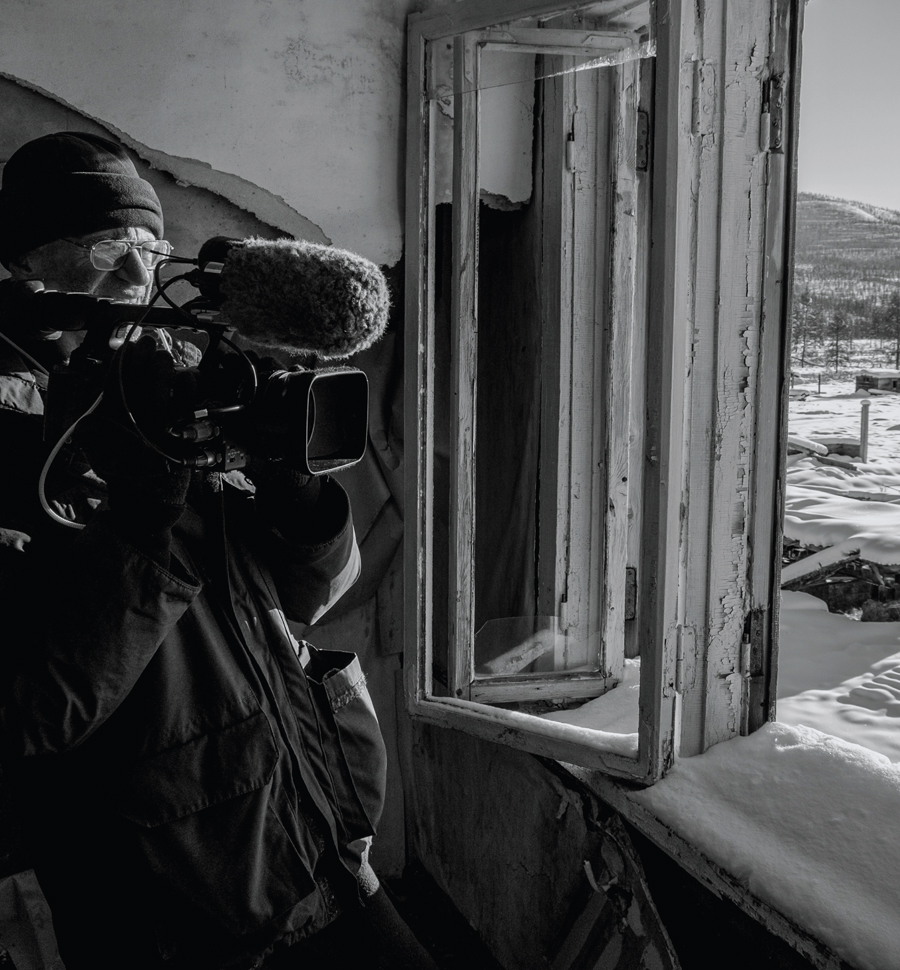
Max Quinn filming in abandoned Siberian road camp on the Kolyma Highway known as the Road of Bones. Bradley White
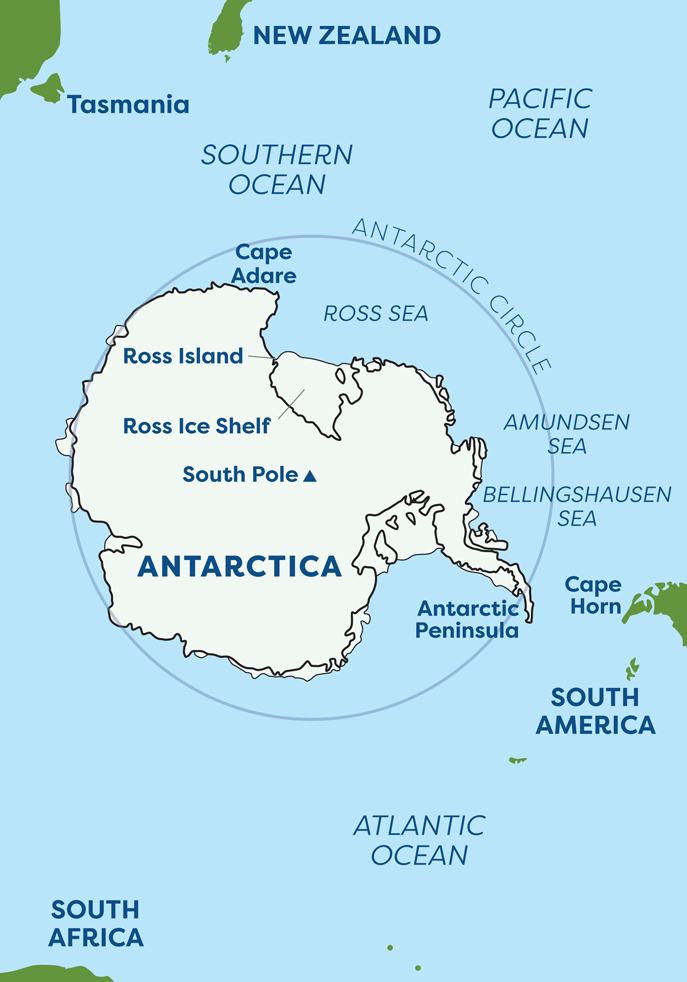
Preface
I dont remember my first brush with snow, except through photos my father had taken on his box camera. Im on the front lawn, putting together a classic snowman with lumps of coal for eyes and nose. Snow is rare in New Zealand towns so this would have been hugely exciting for a toddler. Little would I have realized, but Dad was documenting my first taste of the white stuff that would play such a big part in my later life.
Years later, living in Wellington, the teacher in charge of the school film club screened the 1933 polar film 90 Degrees South, filmed by Herbert Ponting (Captain Scotts Camera Artist as he liked to be known). It told the incredible story of the British Antarctic Expedition and the race to be first to reach the South Pole. Something about this film stuck with me all these years. Later I would read about other Antarctic filming pioneers such as Frank Hurley who documented Ernest Shackletons remarkable survival, with images of his ship Endurancebecoming trapped in ice in the middle of a polar winter before being crushed and sunk.
Growing up, I loved the deeds of New Zealands own Antarctic pioneers through National Film Unit Pictorial Parades that featured Edmund Hillary using farm tractors to beat British explorer Vivian Fuchs, becoming the first to reach the pole overland since Scott all splendid Boys Own stuff. Of course, I never knew that these images were the work of New Zealands own polar filming pioneers, such as Derek Wright, George Lowe, Jeremy Sykes (killed while filming in Antarctica), Sam Grau and Kell Fowler. They paved the way for the likes of me and others.
As a young man, I went to a lecture in Christchurch to hear Hillary and Sherpa Tenzing Norgay describe their Mt Everest climb and that sealed it. Along with two like-minded friends, I decided to climb Hillarys first conquest: a spectacular peak in New Zealands Kaikoura Ranges. Although not technically difficult, reaching the snow-covered summit was a major personal achievement. In Hillarys own words, I had knocked the bastard off .

